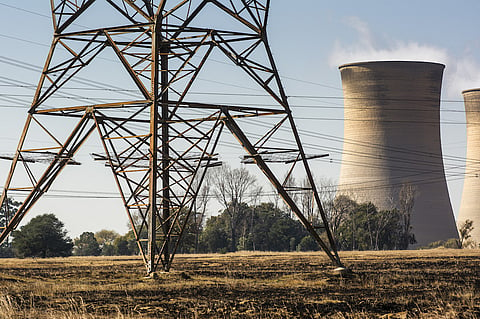Explosive report reveals REAL reason for Eskom problems – and it’s not corruption
Eskom woes are considered to be the major obstacle holding back South Africa's economic growth. Eskom was the site of corruption and state capture in the Jacob Zuma era. More recently, we have heard a slew of reasons for Eskom's inability to keep the lights on, ranging from ageing power plants to maintenance problems. All these reasons for current problems are rubbish, apparently. That's the upshot of in-depth analysis by Prima Research on Eskom as SA heads towards winter. This fascinating work points to a simple solution: get more engineers and technicians back into Eskom, fast. – Jackie Cameron
By Thulasizwe Sithole
Eskom claims that the current wave of power cuts is a result of a lack of maintenance and an ageing plant infrastructure are not true. The outages are a consequence of a harsh focus on staff costs, which in turn resulted in a decline in the adherence to standards of operating practices.
So says Shamil Ismail of Prima Research, a financial services provider which has produced a powerful report, "Eskom: Winter is Coming".
The 16-page report is packed with graphs illustrating detailed number-crunching based on in-depth insights on how power is produced in South Africa and elsewhere.
___STEADY_PAYWALL___

